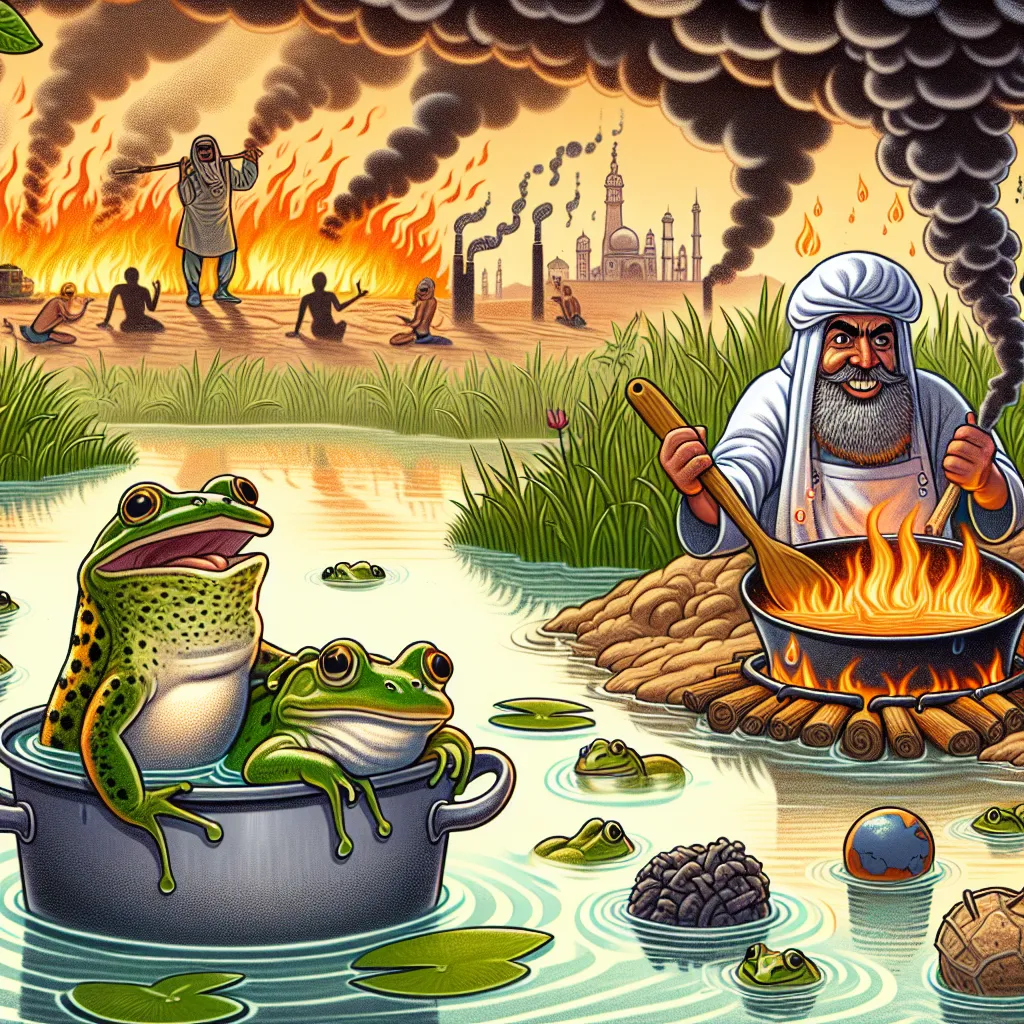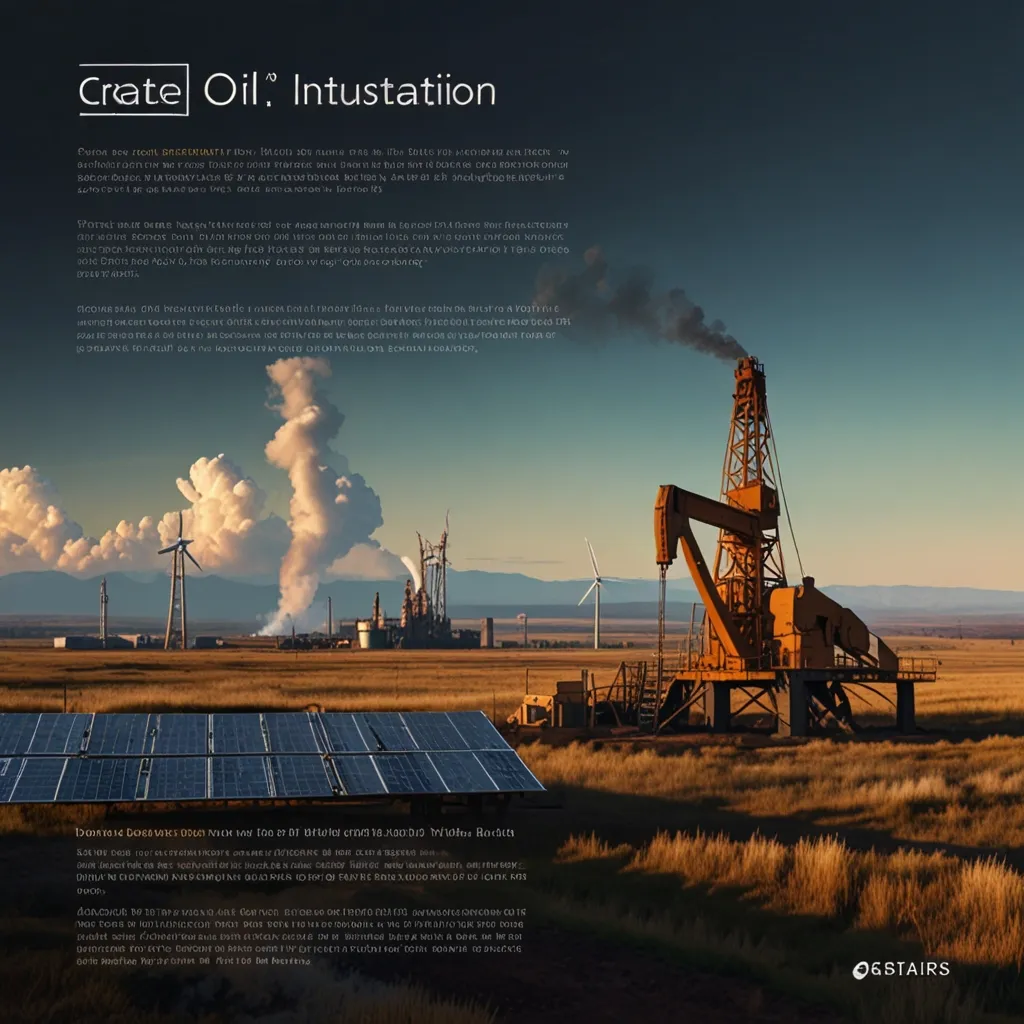In physics, there’s a fascinating conversion factor between time and space, known as the speed of light. This principle allows us to shift from thinking about time to seeing it as a spatial dimension, and it’s the cornerstone of understanding four-dimensional space-time.
In our real, four-dimensional world, space-time isn’t just a flat plane. It can curve and bend, which is where things get more complex. This concept forms the basis of general relativity, a theory that describes how gravity works.
When space-time curves, we experience gravity. One intriguing outcome of this curvature is time dilation. This means that time moves slightly slower near massive objects, like Earth, where gravity is stronger, compared to far away in space where gravity is weaker. However, on a relatively low-mass object like Earth, this time dilation due to gravity is not as significant as time dilation caused by moving at high velocities.
Understanding these principles helps us grasp how the universe operates on a fundamental level, blending the dimensions of time and space into a cohesive, interconnected fabric.






